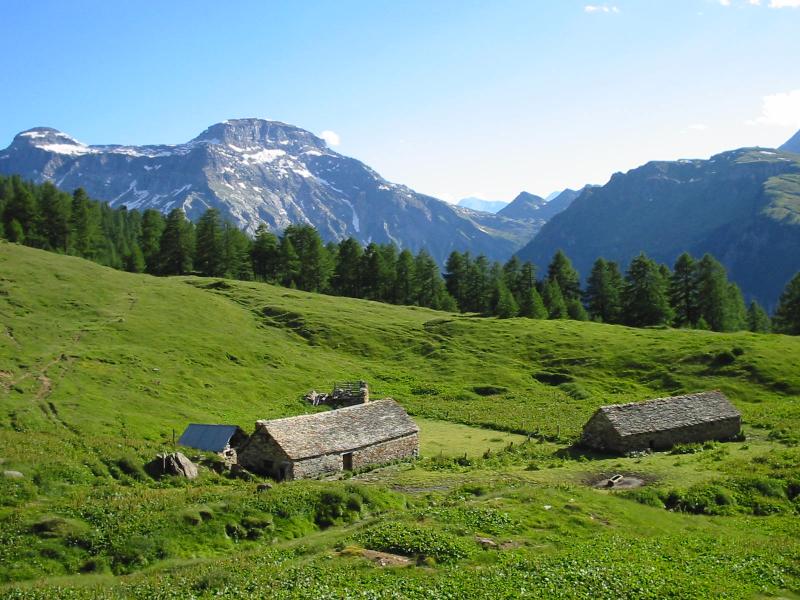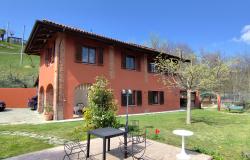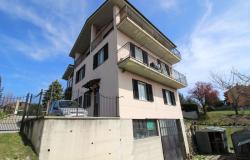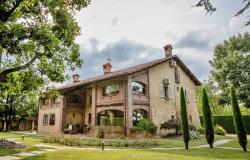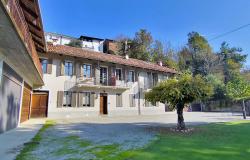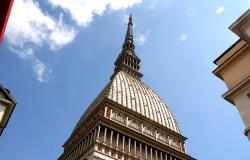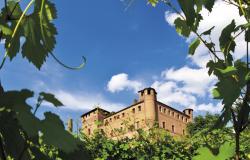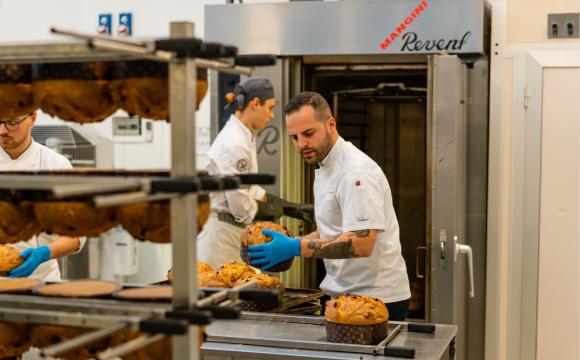The Veglia Devero Natural Park is a protected area located in the western Italian Alps, in north-west Piedmont. It is a treasure chest of nature, aimed at conserving the two great meadow lands of Alpe Veglia and Alpe Devero, glacial basins carved out by the ice 10,000 years ago, and the soaring mountains which surround them.
This unspoilt landscape, with its wonderful flowers, wildlife and ancient wood and stone villages, is an environment which is sure to fascinate at any time of the year.
Since the Middle Ages, man has learnt to live here in close contact with nature, respecting its rhythms and balance. Here the broad pastures, dotted with buildings designed for use by the farmers and their animals, are a cultural environment as well as an economic entity.
The mountain farms raise animals and process the products of their milk. The rhythms have remained unchanged over the centuries, governed by the growth of grass in the pastures. In summer, the herds move further and further up the mountain, from the lower levels where the villages with the winter stalls are located, to the higher alpine pastures.
As summer ends, the cattle return to the valleys, to the sound of a thousand bells.
Twice a day, morning and evening, the cattle are herded together and taken for milking, then the milk is processed by the cheesemakers, heirs to the ancient craft of making cheese, butter and ricotta.
 An excellent example of this way of life is provided by the Walser, a people of Germanic origin who, from the 13th century, colonised the high lands of the western Alps, at that time unpopulated. The Walser building methods are very ancient, using horizontal tree trunks, squared off and assembled with jointed corners.
An excellent example of this way of life is provided by the Walser, a people of Germanic origin who, from the 13th century, colonised the high lands of the western Alps, at that time unpopulated. The Walser building methods are very ancient, using horizontal tree trunks, squared off and assembled with jointed corners.
It is a techni-que which probably dates from Neolithic times and is found not only in the Alps but also in Scandinavia, Siberia and the Carpathians. The Walser refined the technique by placing the wooden walls on a stone foundation. Often, especially in the buildings designed for storing grain, the wooden structure is supported on stone ‘mushrooms’, which insulate it from the ground and impede the entry of rodents. The Walserhouses themselves are fascinating.
It is difficult to imagine a more welcoming room then the Stube, the heart of the house. In this room, clad in pine and facing the sun,
the doorframe and the long wooden table are often inscribed with mottoes in the Walserdialect, known as Titsch. Another peculiarity is the Seelenbalgeen, a small window which is only opened on the death of a family member so that the soul can find a way out. It is then closed again and barred, to prevent the departed spirit from returning.
Animal, minerland and natural
Man has lived in the Veglia Devero since prehistoric times: At the Alpe Veglia archaeological excavations have confirmed the presence of groups of hunters in the Mesolithic period. Their seasonal activity depended on two important resources: deer and chamois, whose migrations they followed, and quartz, used for arrowheads and other tools.
But the uncontested queen of this fairytale place is Nature, still wild and unpredictable, as in few other areas of Europe. The best times to visit are summer and winter. In summer, from mid-June to the end of September, it is possible to walk more than 25 kilometres of well-marked paths. In winter, snowshoes are required, possibly to join organised excursions which allow you to safely explore an unspoilt paradise where you may be lucky enough to spot a white partridge.
 One goal of nature lovers is the Crampiolo summer pasture, which can be reached in just 20 minutes from the Alpe Devero. Here
One goal of nature lovers is the Crampiolo summer pasture, which can be reached in just 20 minutes from the Alpe Devero. Here
it is possible to break your trek for a snack in an inn, before continuing on to Lake Devero. This is a crystal clear body of water set in a pasture full of wild flowers, including many species of orchid, and is best seen just after the snows have melted (late June-early July).
Along the way it is quite common to come across such typical Alpine wildlife as wild goats, with their trademark long horns, or chamois, as these agile creatures jump from crag to crag.
Wearying but worthwhile
Another interesting walk, though a little steeper and more tiring, leads from the Alpe Devero to Lake Nero. Any fatigue is amply
rewarded by the sight of the crystalline waters of this tiny Alpine lake and especially the strange creatures which inhabit it: the
Alpine tritons, with their brightly-coloured spiral shells.
They can be easily spotted from the shore of the lake. The surrounding mountains are home to the majestic eagle, whose outline
can often be seen silhouetted against the sky, and the lovely rock woodpecker, the ‘butterfly of the Alps’, a tiny bird which lives on
the steepest rock walls, right up to 3500 metres. Another attraction is the renowned edelweiss, the symbol of the Alps, which became rare due to indiscriminate picking in the past but is now quite widespread thanks to the establishment of the Park, which has allowed it to be conserved.
At the Park’s highest altitudes, it is not unusual to see the lively ermine, always ready to play hide-and-seek among the rocks, or the shy hare, two animals whose fur changes colour with the seasons as a disguise: brown in summer and white in winter.
In recent years, excitement has been caused by the spontaneous return to the western Alps after more than a century of two large predators: the wolf and the lynx. They are difficult to spot, but not impossible – you need good eyes, a passion for nature and a fair helping of good luck!
